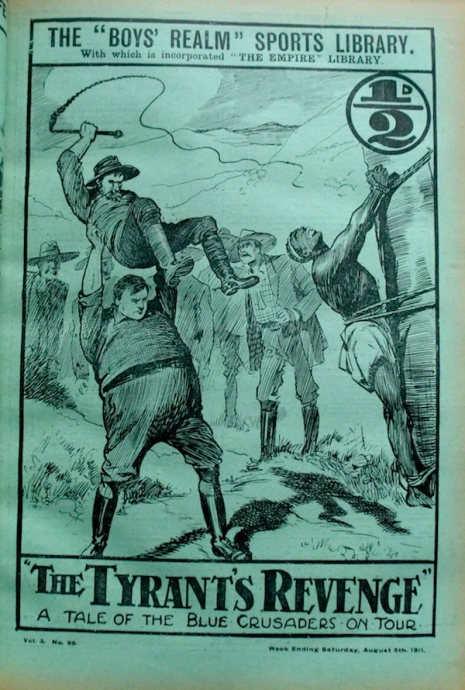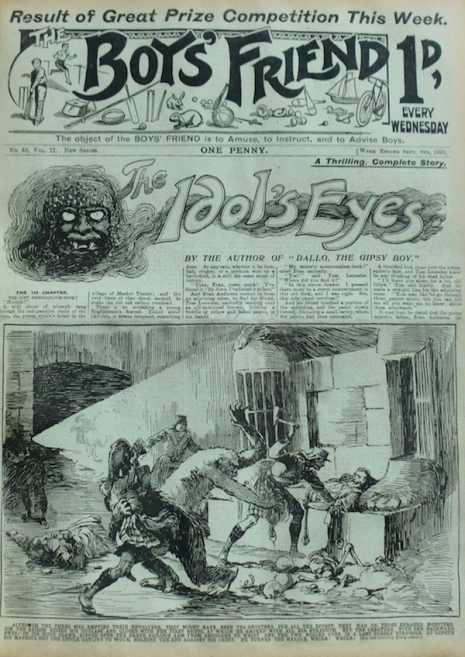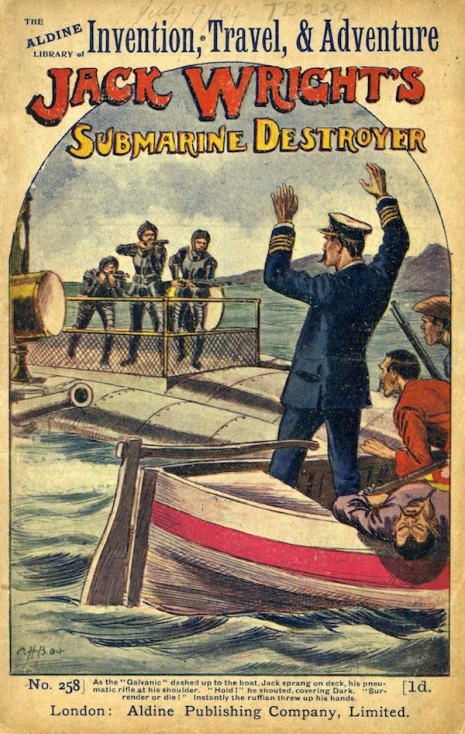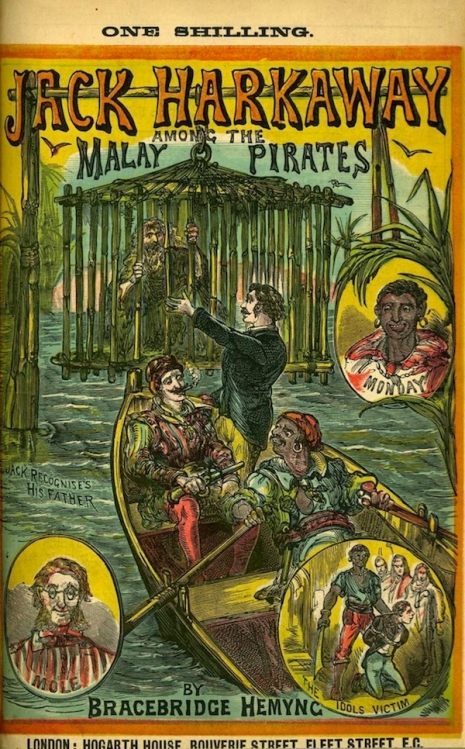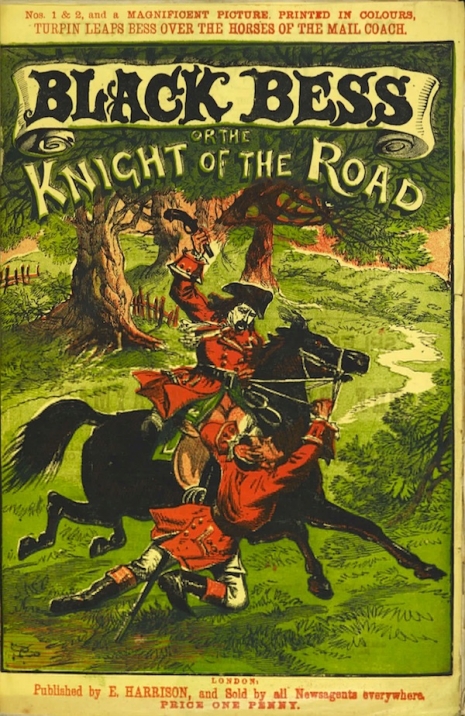
The “penny dreadful” was the name given to an incredible publishing phenomenon that flourished in Victorian Britain between the mid-1830s and the early 1900s. The penny dreadful or “penny blood” was a luridly illustrated booklet or magazine—usually of some sixteen pages in length—filled with sensationalist tales of highwaymen, murderers, cannibals, bounders, vagabonds, vampires and thieves.
The first known penny dreadful was published on Saturday April 30th, 1836 under the title The Lives of the Most Notorious Highwaymen, Footpads and Murderers. The cover featured a fight between a gang of ne’er-do-wells—led by Grimes Bolton, a notorious robber and cannibal—and a group of gamekeepers. The success of The Lives of the Most Notorious Highwaymen, Footpads and Murderers led to an unprecedented range of similar publications which reached their height around the mid-1860s.
Originally penny dreadfuls focussed on thrilling tales of adventure but through time these fell out of fashion as the audience demanded increasingly lurid stories. These magazines hit pay-dirt with tales of true crime (Jack the Ripper being the best known subject) and grotesque fantasies of such creations as the murderous Sweeney Todd—the Demon Barber of Fleet Street; the bloodthirsty Varney the Vampire or the demonic urban legend of Spring-Heeled Jack—The Terror of London.
The penny dreadful ushered in a new era of publishing—launching a whole range of magazines and periodicals that benefitted from new printing technology and from the markets opened up by the penny dreadful. Political and educational serial publications similarly benefitted from the pioneering work of penny dreadfuls. But it wasn’t all money-making business. Before the Education Act of 1870 introduced free education for all, the penny dreadful can take some credit for encouraging generations of young men and women to read.
As tastes changed, the penny dreadful dropped in popularity—the now literate audience wanted more nuanced and stimulating tales. However, the genres it launched (horror, detective and true-life crime) continued and flourished under writers like Charles Dickens, Arthur Conan Doyle and H. G. Wells.
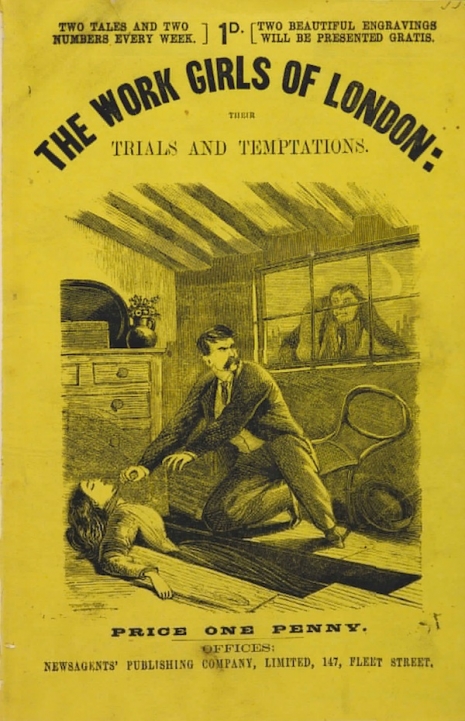
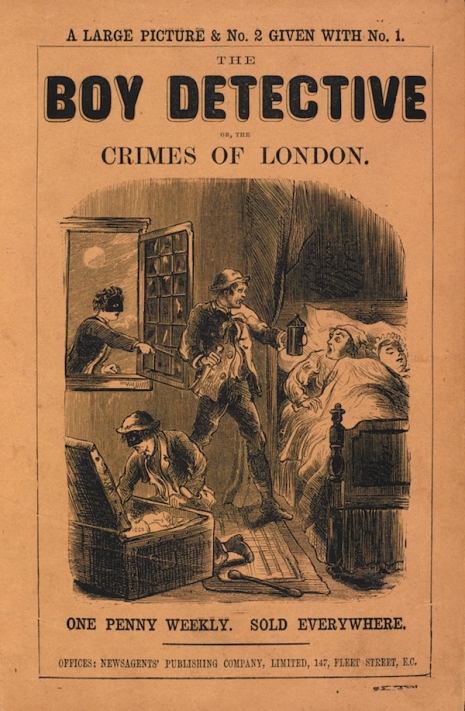

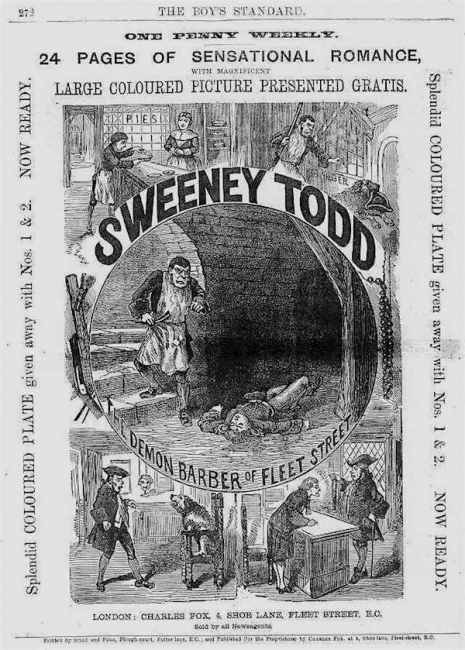
‘Sweeney Todd—The Demon Barber of Fleet Street.’
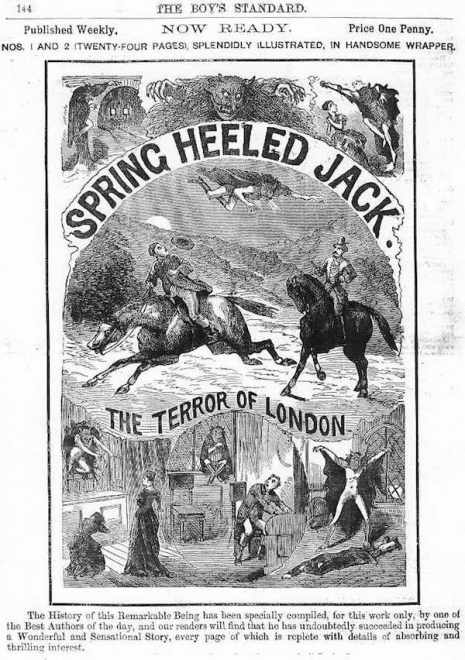
‘Spring-Heeled Jack—The Terror of London.’
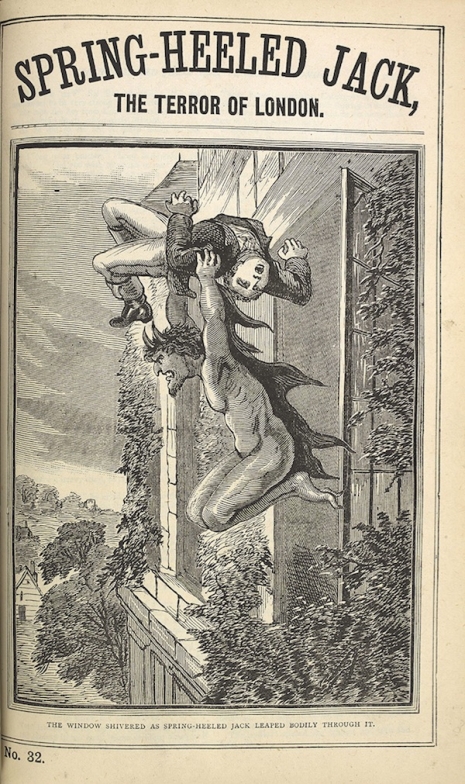
Spring-Heeled Jack claims another victim.
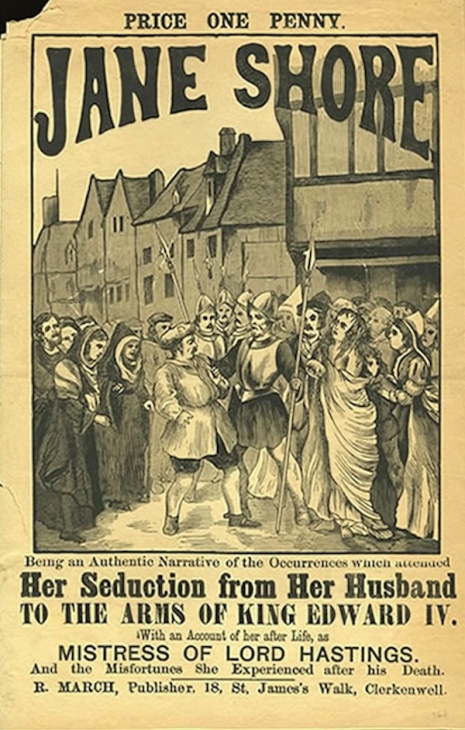
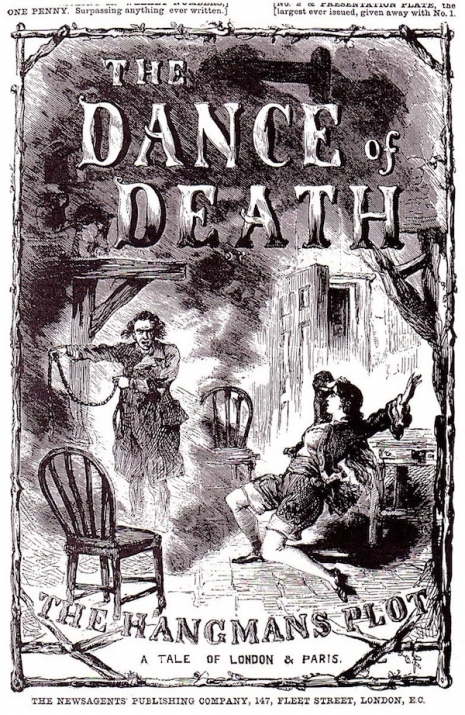

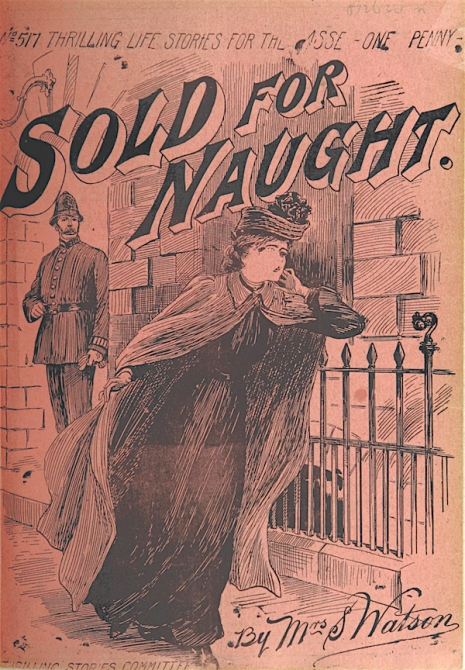

‘Varney the vampire—Feast of Blood.’
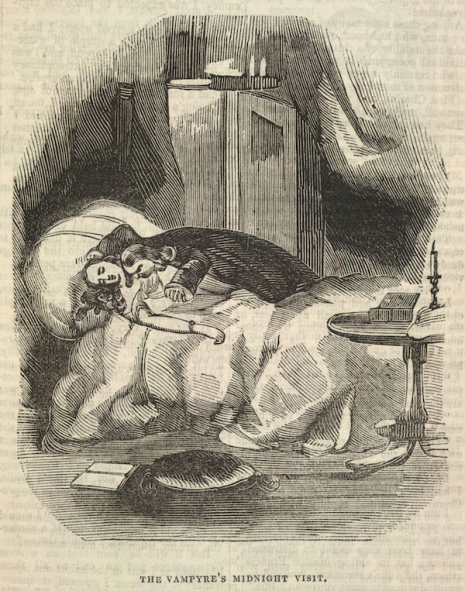
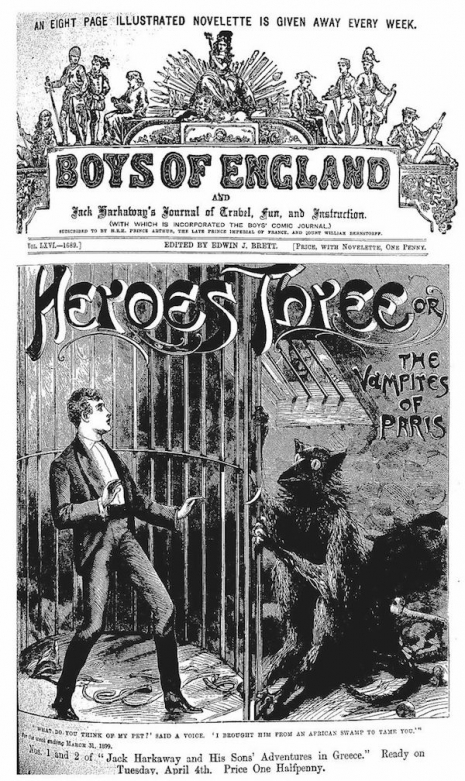
‘The Vampires of Paris.’

‘The discovery of Jack the Ripper’s first murder.’


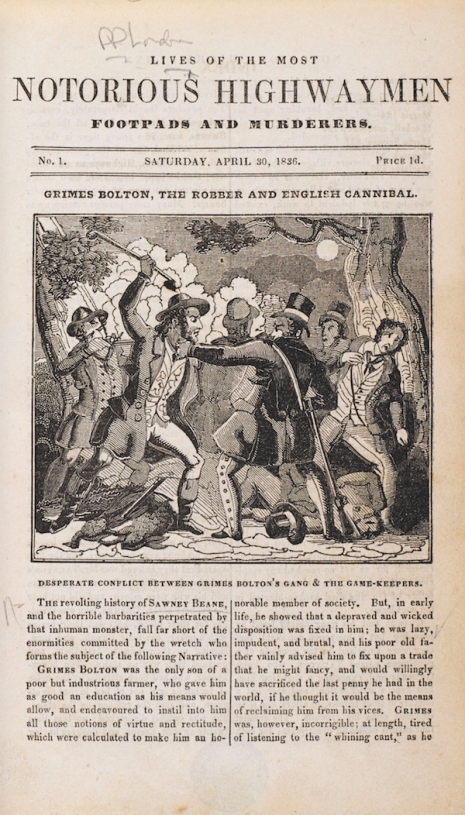
First known ‘penny dreadful’ from 1836.
